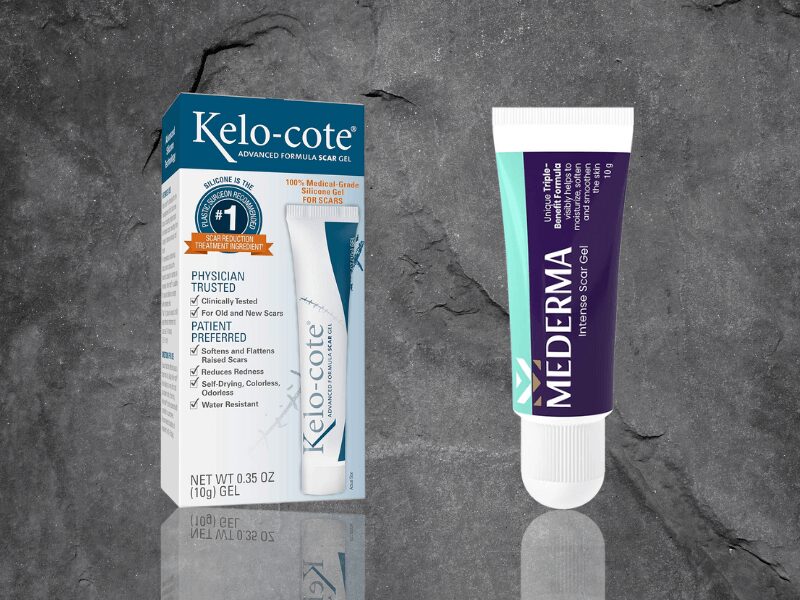
Comparison Summary
Kelo-cote Advanced Formula Scar Gel, 0.35 oz.
- Best For: New and Old Scars
- Ingredients: Silicone Gel
- Medical Evidence: Excellent
- Customer Reviews: Excellent
- Visible Results: 4-8 Weeks
- Application: 2x Daily
- Price per Oz: $$
Mederma Advanced Scar Gel, 0.7 oz.
- Best For: New and Old Scars
- Ingredients: Onion Extract, Allantoin, Panthenol, Hyaluronic Acid
- Medical Evidence: Mixed
- Customer Reviews: Excellent
- Visible Results: 8+ Weeks
- Application: 1x Daily
- Price per Oz: $
Kelo-Cote vs Mederma
Kelo-Cote is a brand of silicone-based products (primarily silicone gels and a silicone spray), that are used to treat hypertrophic scars and keloids from burns, surgery, wounds, and acne.
The brand has been owned by different companies in the past, including its original inventor, Advanced Bio-Technologies, followed by Enaltus, Sinclair Pharma, and Alliance Pharma.
Based on my independent research, Kelo-Cote is currently distributed by Enaltus LLC in the US and Alliance Pharma Plc in non-US markets including Europe and the Asia-Pacific.
That's because Sinclair Pharma Plc originally acquired the non-US distribution rights from Advanced Bio-Technologies in 2011, and a few years later, Alliance Pharma Plc acquired the healthcare business of Sinclair in 2015, including its Kelo-Cote distribution rights.
(sources: Financial Times, PharmaFile)
This is why you might see two (or even three) different types of Kelo-Cote on Amazon.
I know, it's definitely a bit confusing! 🤔
Here's an example of the most recent Kelo-Cote package by Alliance Pharma:
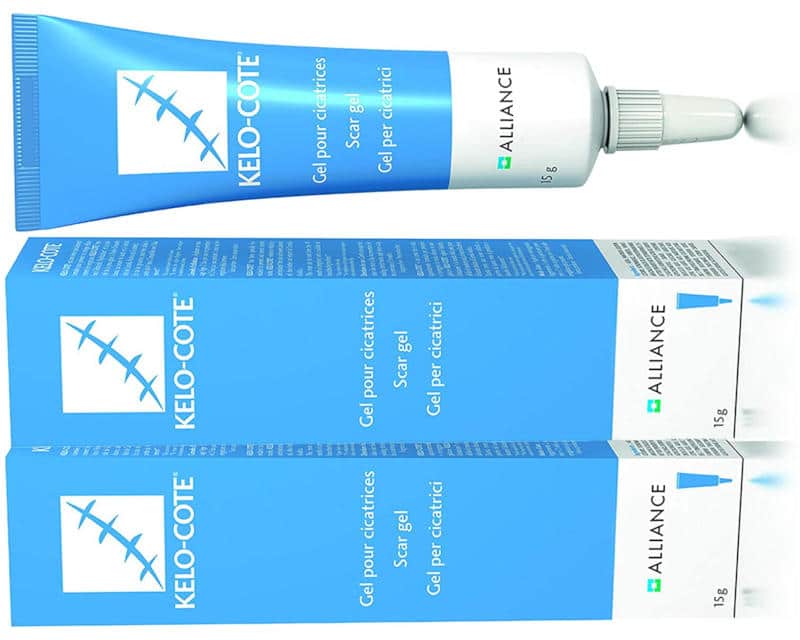
You'll find the Alliance Pharma version available on Amazon.com (even though the listing still says Sinclair Kelo-Cote). The older version by Sinclair Pharma is still floating around as well:
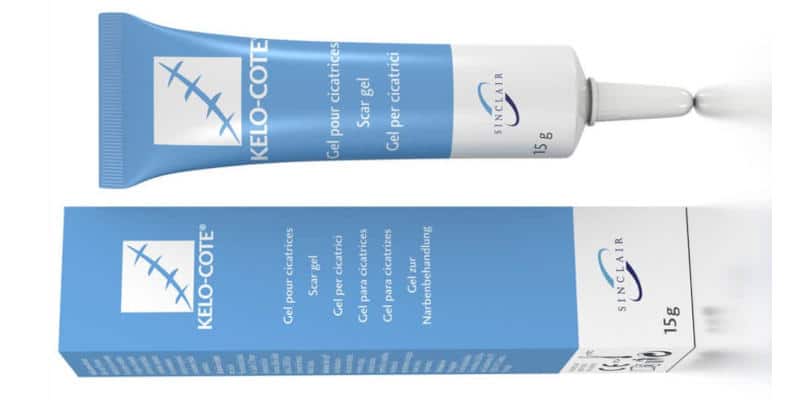
Finally, the US version by Enaltus LLC has a distinctly different design:
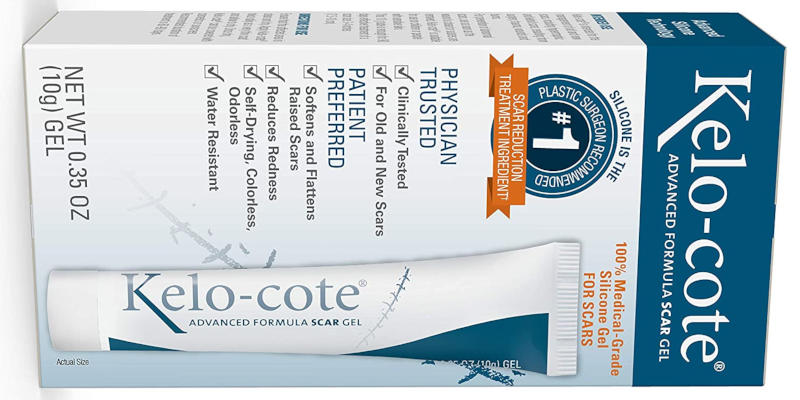
As far as I know, the actual Kelo-Cote formula is the same across all three versions and this is confirmed in an internal company document (the "Kelo-Cote difference"), which states the "original formulation of the Kelo-Cote brand has not changed since issue of US patent in 1998".
In other words, you should buy the one that provides the best value, which is currently Enaltus Kelo-Cote 60 g (~$36 per oz), followed by Alliance Pharma Kelo-Cote 30 g (~$50 per oz).
If you're still shopping around, though, I recommend these silicone gels as well:
1. NewGel+ Advanced Silicone Gel for Scars 30 g (1 oz)
NewGel+ is one of my preferred silicone gels as it has a very smooth gel texture and includes bonus vitamin E to help moisturize and soften your scars.
NewGel+ is manufactured by NewMedical Technology, Inc., the same company behind the premium silicone gel, Silagen.
While NewGel+ is not cheap at ~$54 per oz, I personally like the formula better and have seen good results for my own scars (NewGel+ has over 500 reviews on Amazon as well).
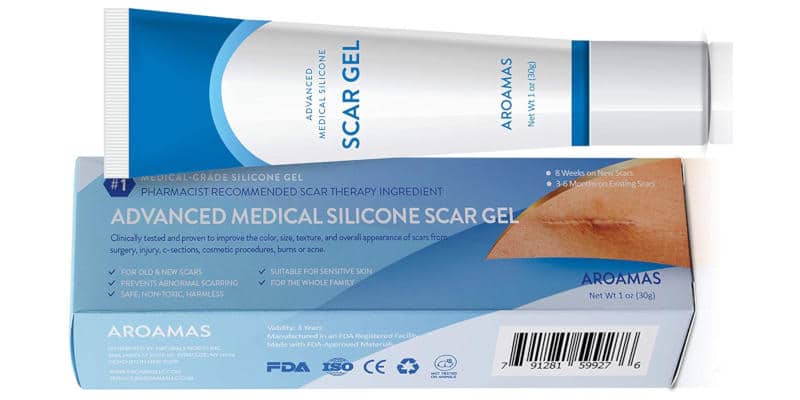
2. Aroamas Advanced Scar Gel 45 g (1 oz)
If you're looking for the cheapest silicone gel, Aroamas is only ~$30 per oz and has received thousands of reviews on Amazon.
I haven't personally tried Aroamas yet but it's amazing value for money at this price.
On the other hand, Mederma Advanced Scar Gel is an excellent option for low risk scars like kitchen burns, minor cuts & scrapes, and small bruises.
That's because some studies have shown that Mederma helps minimize new scar formation (Draelos, 2012) and it's much more affordable than silicone gels at ~$16 per oz.
However, the clinical evidence is still mixed and inconclusive, whereas silicone gel has been proven time and time again by randomized clinical trials (RCTs) and medical reviews.
Overall, if you are concerned about your scar's appearance, I recommend using a silicone gel like Kelo-Cote or NewGel+ 2x a day for at least 3-6 months to give your skin the best chance of achieving an optimal recovery outcome following an injury or surgical procedure.
However, if you have an old scar like a mature keloid (2+ years), you may want to speak to your dermatologist about corticosteroid injections as well, as I've personally found them very helpful for flattening my keloid scars and gradually restoring more normal skin color.
If you're interested, here's an excellent video on scar formation and how silicone works:
Now that you know how silicone works in theory, how effective is it in practice?
Since its introduction in the 1980s, there's been hundreds of clinical studies on silicone gel and silicone gel sheets.
Fortunately, Hsu et al. (2017) and Wang et al. (2021) have reviewed the medical literature and concluded that silicone is statistically more effective than placebos or no treatment:
- Hsu et al. (2017) analyzed 10 clinical trials and found that silicone statistically reduced the probability of developing hypertrophic scars or keloids after surgery
- Wang et al. (2021) analyzed 6 randomized controlled trials and found that silicone statistically outperformed control treatments, but only after 6-8 months of treatment
Now that you're up to speed, let's finally discuss Kelo-Cote Scar Gel.
As I explained earlier, Kelo-Cote is good value at ~$36 per oz compared to similar silicone gels like NewGel+ ($54 per oz), Aroamas ($30 per oz), and BioCorneum ($32 per oz).
However, price is not the only consideration because ultimately, it's the results that matter.
I've personally used Kelo-Cote (the Alliance Pharma version) on my chest keloids and I noticed that it has a transparent and watery texture, compared to the thick, sticky, and cream-like consistency of competing silicone gels like Strataderm or NewGel+.
After doing more research, I believe this is because Kelo-Cote uses a patented formulation (recently expired in 2016) of long chain polymers and silicon dioxide that allows it to dry quickly to form a silicone sheet on the surface of your skin.
(sources: US Patent 5,741,509 and The Kelo-Cote Difference)
According to Alliance Pharma, the effectiveness of Kelo-Cote for scar management has been demonstrated in 10 clinical trials as well.
In any case, I personally didn't see a tremendous improvement in scar appearance, however, my hypertrophic scars and keloids are very mature (5+ years) and occur in high-risk areas like the presternum (upper chest) which are notoriously less responsive to topical treatments.
In other words, I'd still recommend giving Kelo-Cote a shot, given its unique silicone formula, long history of operations, and thousands of customer reviews.
My Verdict: If you have high risk scars (e.g. hypertrophic scars or keloids from burns, surgery, trauma, acne, or you have a family history of keloids), use a silicone gel like Kelo-Cote to minimize scar formation, promote post-op recovery, and reduce itchiness and redness.
- Low Risk of Scarring: no family history of keloids, no sensitive areas like the breast/chest
- Low Patient Concern: you're okay with how your scar turns out, regardless the outcome
In other words, I recommend using Mederma for less serious wounds, such as mild burns, cuts & scrapes, bruises & accidents, and other minor injuries.
That's because the key ingredient in Mederma Advanced Scar Gel is onion bulb extract (a.k.a. Cepalin in Mederma's marketing materials and allium cepa in the ingredient list).

According to the 2014 International Clinical Recommendations on Scar Management (Part 2), a highly influential research paper authored by the world's leading experts on scar treatment, there's conflicting evidence on the effectiveness of onion extract for scars.
Some studies showed positive evidence, like the original clinical trial by Draelos et al. (2012) that was sponsored by Merz Pharmaceuticals (the parent company of Mederma).
In short, this study found a statistically significant difference in scar appearance between Mederma-treated scars (test group) and non-treated scars (control group) after 4-8 weeks.
However, there's a number of major flaws with this study:
- Control Group: in this study, the control scars were left completely untreated. This is an extremely low benchmark and even then, the test group only surpassed the control group after 4 weeks of treatment. I'd be more convinced if the control scars were treated with at least a moisturizer as keeping scars hydrated improves wound healing.
- Sample Group: out of 44 participants, the vast majority were Caucasian (39), followed by African American (4), and Hispanic (1). As you might expect, the Fitzpatrick skin type was mostly I and II (both are considered very light skin tones). However, this sample almost entirely excludes ethnic skin types which creates a bias because abnormal scar formation like keloids is more common in those of African, Asian, and Hispanic descent.
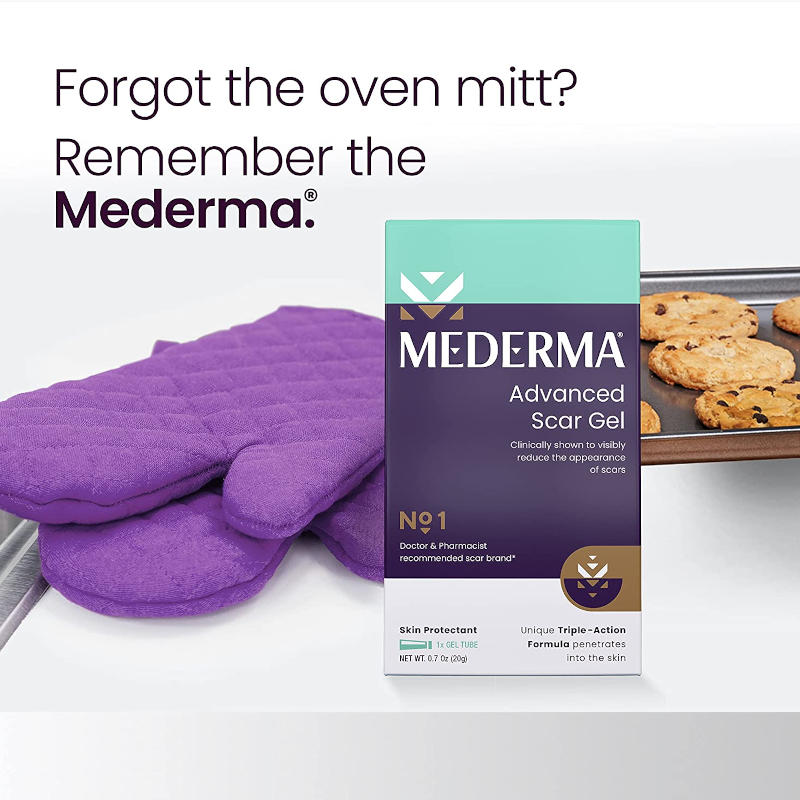
Other studies found that onion extract was no better than similar topical treatments but resulted in more frequent side effects (itchiness, redness) that caused patients to stop using it. (source: International Wound Journal, 2021)
In addition, many studies used multiple active ingredients in their formulations which made it more difficult to isolate the effects of onion extract. (source: Dermatologic Surgery, 2014)
Finally, here's my personal opinion of Mederma Advanced Scar Gel based on 6+ months of using it on my chest keloids:
- Application: it's very easy to apply (a bit sticky but dries quickly)
- Results: I did not see any significant improvements in scar height, thickness, or redness, however, my scars did feel slightly smoother
- Side Effects: I experienced the occasional itchiness, but the more serious side effect was that the area where I applied Mederma turned slightly darker in color (discoloration)
My Verdict: Taking into account the key ingredients, clinical studies, and my own experience, I recommend Mederma Advanced Scar Gel for low risk scars as the medical evidence is mixed. Mederma may help minimize scars from minor injuries and accelerate the recovery process.
For high risk scars, however, I recommend using a silicone gel or silicone sheet because it's safe (no side effects), clinically proven for scar treatment, and reasonably affordable.

